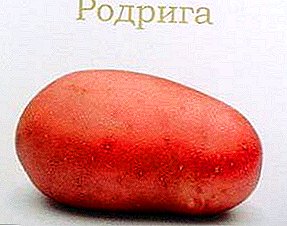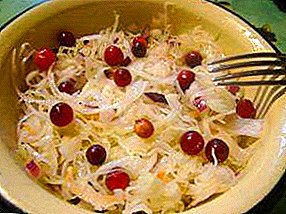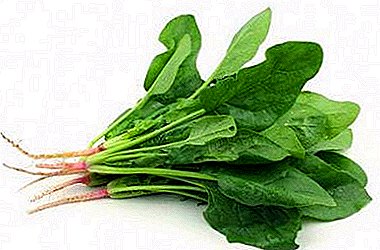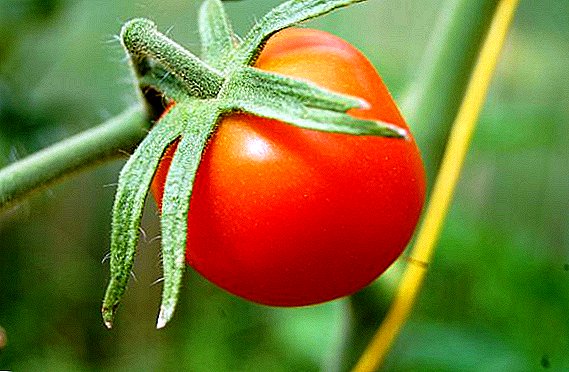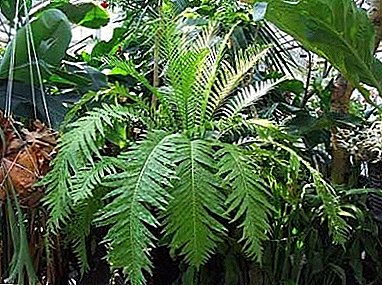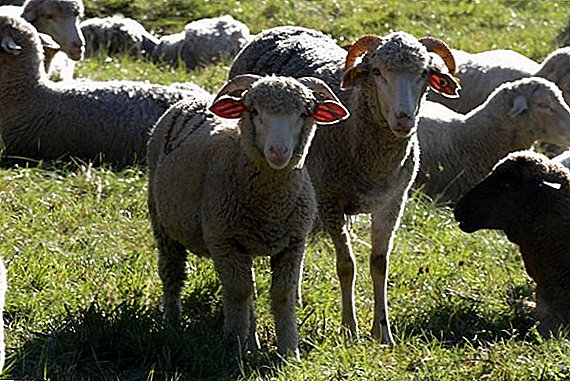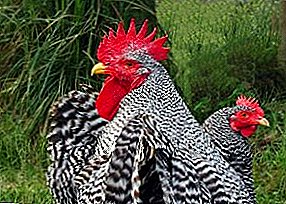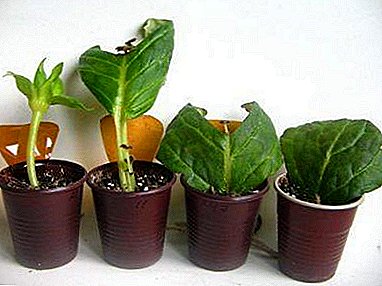
Gloxinia (Sinningia) - owes its dual name to the botanist and physician Peter Gloxin and the scientist at the Botanical Garden of the University of Bonn, Wilhelm Sinning.
This flower is unpretentious when grown and, as a fast-growing plant, soon pleases the eye of its owner with beautiful velvet flowers. Among the many methods of reproduction, we consider the breeding of the tip cutting.
In our article we will look at ways of cutting gloxinia and how to properly carry out this procedure at home. You can also watch a useful video on this topic.
Main ways
By purchasing this beautiful plant you soon think about how to multiply it? It will not be difficult if you know a few rules for breeding this flower.
There are several ways of breeding gloxinia: seeds, rooting of leaf cutting, tuber, sprouting peduncle and apical cutting. With that the most painstaking and difficult is the reproduction of gloxinia seeds.
Rules cuttings at home
 Cutting is one of the most common and easiest ways to reproduce flowers. The method is based on the fact that when pruning the stem and rooting it, it forms a new tuber, and the old tuber, for lack of a growth point, gives new shoots. Also the advantage of this method is that the rooted plant can bloom in the same year.
Cutting is one of the most common and easiest ways to reproduce flowers. The method is based on the fact that when pruning the stem and rooting it, it forms a new tuber, and the old tuber, for lack of a growth point, gives new shoots. Also the advantage of this method is that the rooted plant can bloom in the same year.
Propagation of a plant by a terminal cutting is used to rejuvenate a plant.if it is sick, stretched or does not want to fall asleep. Because when the plant is not young (more than 2 years), its tuber needs rest. In this case, we cut off the apical stalk, re-root it and reduce the watering of the mother plant. Thus, Gloxinia goes into hibernation.
Training
The stalk should be examined for disease or damage.if they are not found, carefully cut. Cut strictly transversely directly under the knot, leaving 1.5-2 cm of stem above the tuber; the lower leaves of the cutting must be removed. If your plant blooms, then you need to remove all the flowers so that the plant has the strength to form a new tuber.
Landing
For planting, you can use plastic cups or small pots. Rooting is produced in a suitable substrate for the plant. In particular, the one that is used for violets. At the bottom of the cup / pot can be poured a layer of drainage (about 2 cm, if rooting is used in the ground). Foam can be used as drainage.
Rooting
Root the apical cuttings can be 2 ways: in the ground or in water. Consider both ways.
In water
For this method, we need a 100 g plastic cup, a transparent plastic bag and a disinfected blade.
Step-by-step instruction:
 Cut the apical stalk.
Cut the apical stalk.- If necessary, shorten, the stem should remain 2-3 cm long.
- It is not necessary to remove a lot of leaves (however, when rooting in the soil, it is recommended to remove excess leaves in order to reduce moisture evaporation).
- In a glass, pour boiled water and dip a cutting into it so that the water covers its lower part by about 2 cm.
- We create for him a mini greenhouse, for this we put a plastic bag on top of the cup.
- We put the cutting in a warm and bright place.
- Periodically remove the bag to wind the stalk (every 2-3 days for several hours).
- After the roots appear, we plant the plant in the ground.
In the prevention of rotting of the cutting, you can use activated carbon. To do this, put in the water pills. Or you can powder the tip of the cutting with activated carbon powder.
In the ground
For rooting gloxinia in the ground in addition to the cup (preferably transparent), the package and the blade will need crushed foam (as a drainage) and lightweight, breathable soil.
A good option for rooting cuttings will use a landless mixture.. To do this, you need to prepare crushed peat tablets (or just peat), perlite and vermiculite in a ratio of 3: 1: 1. In such a mixture, the formation and growth of roots will pass faster.
Step-by-step instruction:
- In a plastic cup we make 3-4 drainage holes with the help of a hot knitting needle.
- Fall asleep drainage to the bottom of the cup (1-2 cm).
- Fill the cup with soil, while not tightly sealing it.
- In the center of the glass we make a shallow hole 2-3 cm and insert a cutting there.
- The soil around is slightly crushed and slightly moistened with boiled water.
- From above we put on the bag and put the cutting in a warm, lighted place.
- As with rooting in water, we periodically air gloxinia
Important: You can not put the stalk under direct sunlight, gloxinia loves diffused light.
We recommend to watch a video about the rooting of gloxinia cuttings in a garlic:
What to do after?
We proceed to further actions, when the cups will be visible through the walls, twining the earthen clod, and the plant itself will begin to grow. This will happen in about 3 weeks. Then, in order not to damage the root, the cutting can be transferred along with a clod of soil into a permanent pot with a dredger (about how to pick up the capacity for gloxinia, we told here, and in this article you will find tips on preparing the soil for the indoor flower). Then it remains only to take good care of the plant as an adult.
If something went wrong
Sometimes this problem occurs when rotting planting material occurs. This happens for the following reasons:
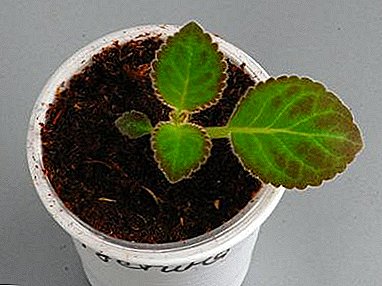 You can not push the stalk into the soil by force (for this we are making indentations in the ground).
You can not push the stalk into the soil by force (for this we are making indentations in the ground).- Lack of light (light is a very important factor when growing gloxinia, do not forget about it, its light day is 14 hours).
- Overheating (you can not put plants in direct sunlight, gloxinia loves diffused light).
- Use dirty tools.
- Waterlogging of the soil and low air temperature (how to water the gloxinia and whether to fertilize the plant, read here).
To avoid any surprises, follow the instructions and create a favorable microclimate for your plant, and you will grow a strong, healthy plant.
A flower may start to wither for several reasons.:
- It stands in direct sunlight.
- Due to the non-use of the greenhouse (cellophane bag).
- Damage during root transplantation (how to properly transplant gloxinia?).
Gloxinia, unfortunately, is also subject to various diseases. Photos of damaged plants and their treatment methods can be found in a separate article.
Conclusion
Gloxinia is undoubtedly one of the most beloved growers of indoor plants. Which can be propagated in many ways. The method of reproduction by apical cutting is the most common and uncomplicated. Let your flower please you with a beautiful bloom already in the same season, after cutting.


 Cut the apical stalk.
Cut the apical stalk. You can not push the stalk into the soil by force (for this we are making indentations in the ground).
You can not push the stalk into the soil by force (for this we are making indentations in the ground).